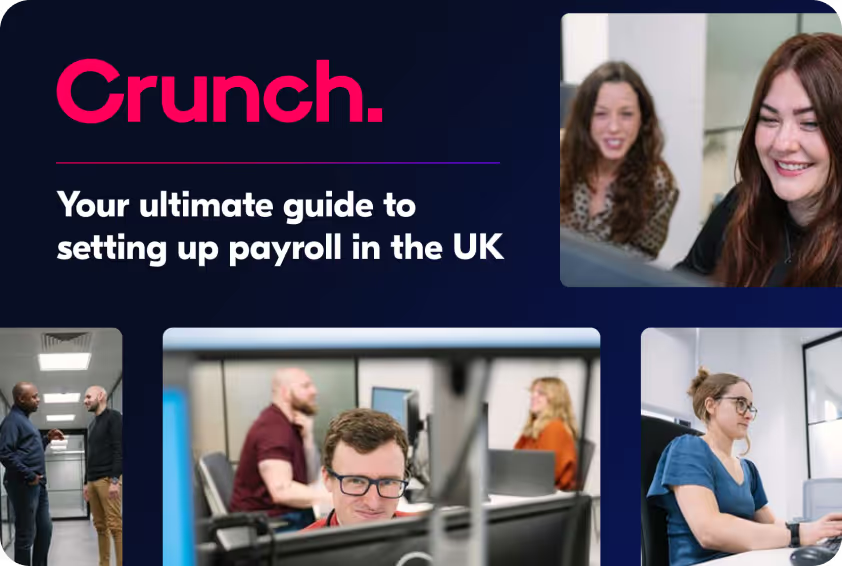If you’re running a startup or growing SME, you’ve probably noticed something: the best people don’t just ask about salary anymore. They ask about equity.
In tech especially, an employee share option scheme has gone from “nice extra” to “basically expected”. It’s how you attract people who could earn more at a big company, and keep your early team invested (literally) in the long-term outcome.
The good news? An employee share option scheme doesn’t have to be scary or complicated. Once you understand the moving parts, it’s really just a structured way of saying:
“If you help us build this, you share in the upside.”
This article walks you through the key decisions you’ll need to make.
Options vs shares: what’s the difference in real life?
First decision: shares or options?
Giving someone shares means they become a shareholder straight away. They’re on the cap table from day one, with whatever rights attach to that class of share (voting, dividends, etc.).
Giving someone share options means they get the right to buy shares in future, usually at a fixed price. They only become a shareholder when they exercise those options.
In practice, that difference matters:
- With options, you don’t clutter the cap table with people who might only stay six months.
- You can say, “You earn this over time,” instead of handing over equity on day one.
- If someone leaves early, unvested options can simply lapse, rather than you having to buy shares back or negotiate awkwardly.
That’s why, from a legal and practical point of view, options are usually cleaner than just gifting shares upfront.
Vesting: how people earn their options
Most UK schemes don’t hand all the options over in one go. Instead, they vest over time.
Think of vesting as your way of answering the question: “When has this person actually earned these options?”
A simple pattern might be:
- the employee is granted, say, 1,000 options on day one;
- those options vest gradually over three or four years; and
- you add a “cliff” (for example, nothing vests until they’ve completed 12 months).
You can also build in performance conditions or KPIs if that suits your business: revenue targets, product launches, key hires, new markets, and so on - as long as you’re not straying into anything discriminatory.
The point is to reward people who stick around and move the needle, not just people who happened to be on the payroll for a short spell.
When do options turn into actual shares?
Granting and vesting are about earning the right. Exercise is when the employee actually uses that right, pays the exercise price and becomes a shareholder.
Here’s where you make a strategic choice.
Exit-driven exercise
If you’re aiming for a sale or listing in the foreseeable future, you might set things up so that:
- options vest over time, but,
- they can only be exercised on an exit event.
On the day of the sale, the employee exercises, becomes a shareholder for a moment, then sells their shares as part of the deal. They don’t need to find the cash to exercise years in advance.
Ongoing business, no planned exit
If you’re building for the long haul, you might allow employees to exercise once their options have vested, perhaps after a minimum period.
That way, long-term team members can become actual shareholders and potentially receive dividends while the company continues to grow.
In either case, you can attach extra conditions to exercise - for example, that performance targets are met or that the company has hit certain milestones. Exercise is your gatekeeper to the cap table, so you want it to be intentional.
What kind of shares are we talking about - and how many?
You don’t have to give employees exactly the same class of shares that you and your investors hold.
Common approaches include:
- Non-voting shares if you’re happy to share upside but want to keep decision-making tight.
- Growth shares that only participate in value above a certain hurdle, which can keep early value with founders and investors while still giving later joiners meaningful upside.
As for how much to give away, most founders work backwards. Instead of starting with “X options per person”, they ask:
“What percentage of the company are we comfortable reserving for the team?”
The answer might be 5%, 10%, 15% - it depends on your stage, investor expectations and hiring plans. Once you’ve picked a sensible pool size, you can translate that into a number of options and divide it sensibly across roles and seniority levels.
If you’re planning a funding round, it’s also worth talking about the option pool with potential investors. They’ll often want it in place - or created - as part of the round, and it will affect the dilution maths.
The key is to make sure that what you’ve promised in conversations and pitch decks matches what ends up in the documents and on the cap table.
What if someone leaves before they’ve exercised?
This is where good leaver/bad leaver rules come in.
You have a lot of flexibility here, but most schemes distinguish between:
- people who leave on “good” terms (for example, redundancy, illness, death, sometimes retirement), and
- people who leave on “bad” terms (for example, serious misconduct or breach of restrictive covenants).
You can decide, for example, that:
- all unvested options lapse on termination (very common);
- good leavers keep some or all of their vested options for a period;
- bad leavers lose everything; or
- something more tailored in between.
What matters most is that:
- the rules are clearly written,
- they’re explained up front, and
- they’re applied consistently.
Nothing sours an option scheme faster than people discovering how the leaver rules work after someone leaves.
Exercise price and tax: EMI vs everything else
Now for the fun part: tax. In the UK, a lot of early-stage companies look at EMI (Enterprise Management Incentive) options. EMI is a government-approved, tax-favoured share option scheme for qualifying companies and employees.
Very broadly:
- EMI can be much more tax-efficient for employees than “unapproved” options - in many cases, most of the upside can fall into the capital gains tax regime rather than income tax and NICs, if the scheme is structured correctly.
- You’ll usually set the exercise price at or around market value when the option is granted; and
- you’ll typically want that valuation agreed with HMRC.
There are specific conditions for both the company and the employee to qualify for EMI (size thresholds, independence tests, trading activities and more), so it’s important to check eligibility early rather than assuming you can use EMI by default.
If you don’t qualify for EMI, or choose not to use it, you can still grant “unapproved” options on flexible terms, but the tax treatment is different and can involve income tax (and sometimes NICs) on exercise if there’s a discount or growth in value.
The tax position can vary a lot depending on your structure and your team’s circumstances, so it’s worth getting specific tax advice from a tax professional before you finalise your scheme. Getting this piece wrong can turn what’s meant to be a perk into a nasty surprise.
What about advisers and contractors?
You’re not limited to employees. You can also offer options to contractors, advisers and non-executive directors if that’s how you want to reward them.
Commercially, the questions are much the same - vesting, exercise, leavers, share class. The main difference is that EMI is only available for qualifying employees, so non-employees will usually sit outside that tax-favoured regime.
That doesn’t mean you shouldn’t use options here; it just means the tax and structuring analysis will look different.
What do you actually need to put this in place?
Once you’ve decided on the shape of your scheme, you’ll need to turn it into real paperwork and approvals.
In practice, that usually means:
- a set of plan rules – the “playbook” for how the scheme works overall;
- an option agreement for each participant – spelling out what they personally get and on what terms; and
- the right board and shareholder approvals, plus a quick check of your articles and any shareholders’ agreement to make sure everything fits together.
If you’re going down the EMI route, there are also HMRC notifications and deadlines to hit, along with any valuation work.
It sounds like a lot, but once it’s done, you’ve got a structure you can use again and again as you grow.
If you’re thinking of setting up an employee share option scheme, Sprintlaw’s expert lawyers can help you navigate your options and stay compliant. As a Crunch business, you’re also eligible for complimentary 12-month access to Sprintlaw’s Plus Membership - including unlimited lawyer consults and other benefits (normally £399/year, now £0 for your first year).
Disclaimer: All content contained in this publication is intended to provide general information in summary form on legal and other topics, current at the time of first publication. The content does not constitute legal (or other) advice and should not be relied upon as such. You should obtain specific legal or other professional advice before relying on any content contained on this website.

.svg)



.webp)














